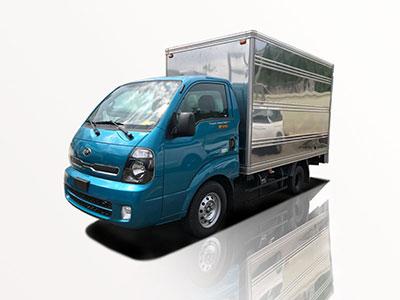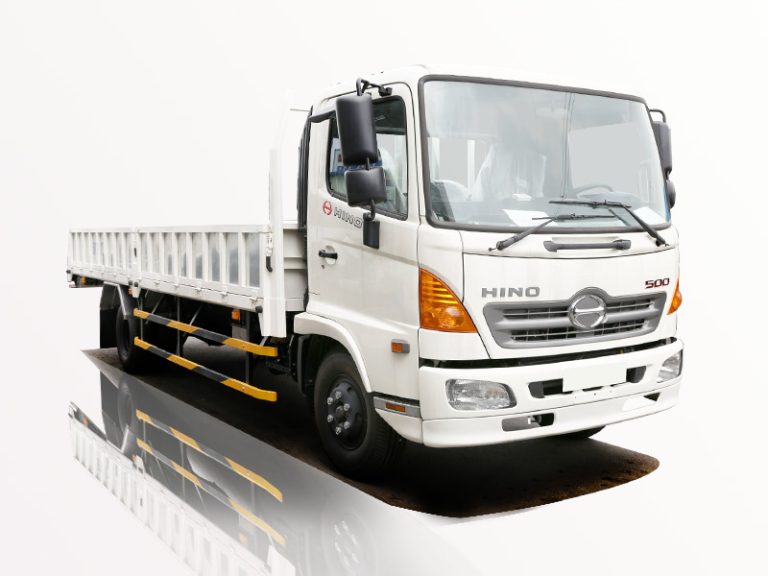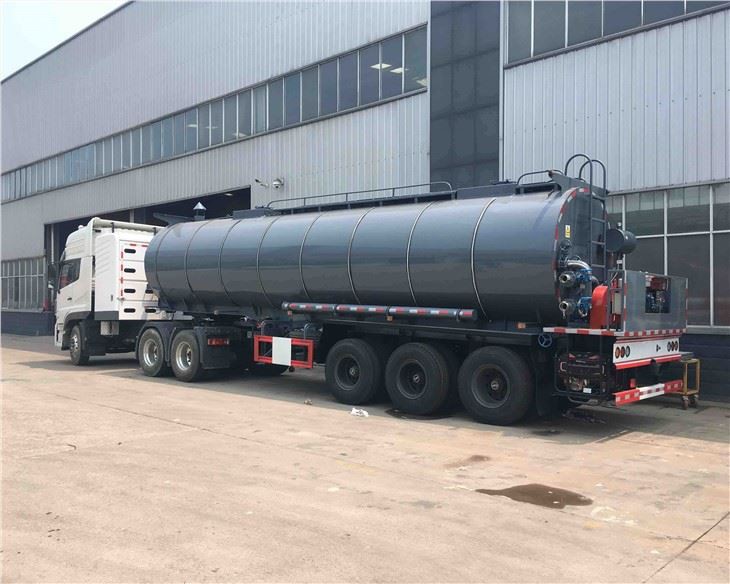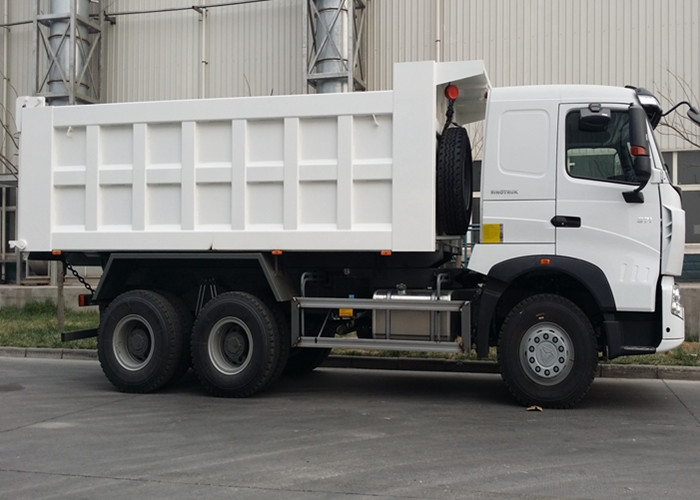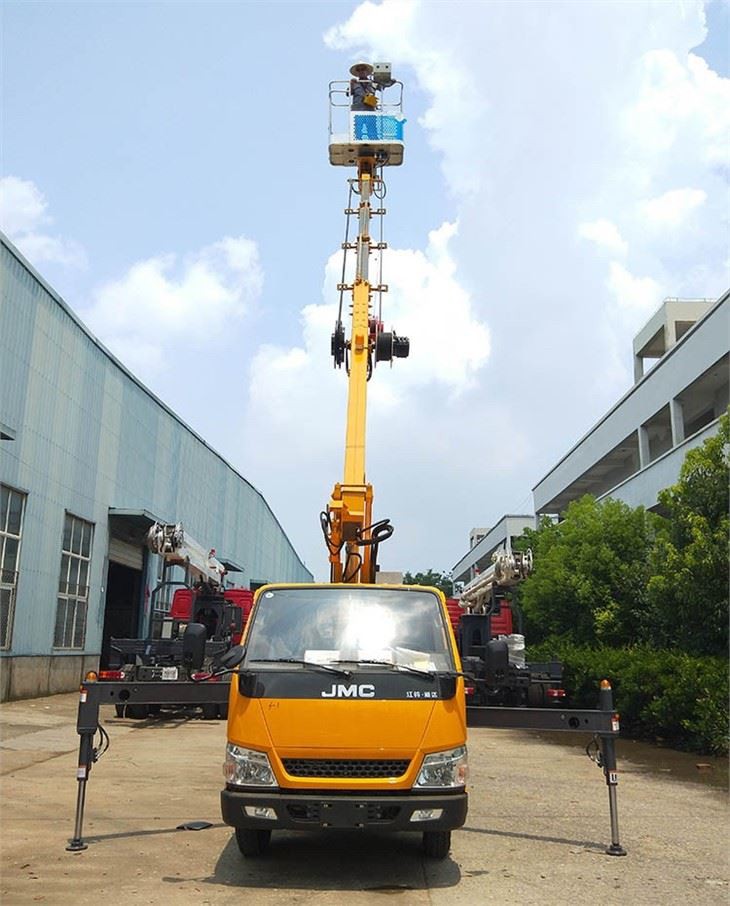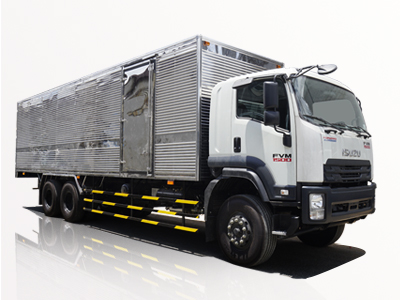Street vacuum trucks are specialized vehicles designed for the efficient cleaning and maintenance of roads and urban environments. With their powerful suction capabilities, they remove dirt, debris, leaves, and other waste materials, helping to maintain cleanliness and aesthetics in public spaces. This article explores the various aspects of street vacuum trucks, including their construction, types, benefits, maintenance, and much more.
Understanding Street Vacuum Trucks
Street vacuum trucks are innovative machines that combine the functionality of vacuum cleaners with that of traditional street sweepers. Equipped with powerful motors and suction hoses, these trucks can effectively clean roads, parking lots, and sidewalks. They play a vital role in keeping urban areas clean and reducing pollution.
Key Components of a Street Vacuum Truck
- Chassis: The base of the truck, typically built on a heavy-duty vehicle platform.
- Vacuum System: Comprises a powerful motor and vacuum hoses that create suction to collect debris.
- Debris Tank: A large container where collected materials are stored for transport and disposal.
- Filter System: Prevents dust and debris from re-entering the environment during collection.
- Water System: Some models include a water spray system to control dust and enhance cleaning efficiency.
Types of Street Vacuum Trucks
Street vacuum trucks come in various configurations, tailored to different cleaning needs. Here are the primary types:
1. Single Engine Vacuum Trucks
These trucks feature one engine that powers both the vehicle and the vacuum system. They are generally more affordable and easier to maintain.
2. Dual Engine Vacuum Trucks
With separate engines for the truck and vacuum system, these trucks offer greater suction power suitable for heavy-duty cleaning tasks.
3. Electric Vacuum Trucks
Designed for eco-friendly operations, electric vacuum trucks reduce emissions and noise while maintaining cleaning efficiency.
How Street Vacuum Trucks Work
The operation of a street vacuum truck involves several steps:
- The vacuum motor creates suction, drawing air and debris into the system.
- Debris is funneled through hoses and into the debris tank.
- A filter system ensures that dust and smaller particles are captured before air is expelled back into the environment.
- Once the tank is full, the truck is taken to a designated disposal site, where the collected materials are emptied.
Benefits of Using Street Vacuum Trucks
Utilizing street vacuum trucks brings several advantages to municipalities and businesses:
Enhanced Cleanliness
Regular use of street vacuum trucks helps maintain a clean urban environment, reducing litter and improving public aesthetics.
Environmental Protection
By removing debris and organic materials, vacuum trucks aid in preventing pollution and protecting local waterways from contaminants.
Time and Cost Efficiency
The automated operations of street vacuum trucks significantly reduce labor costs and time compared to manual street cleaning methods.
Versatile Applications
Street vacuum trucks are not only limited to road cleaning but can also be used in various environments, including:
- Parks and recreational areas
- Parking lots
- Construction sites
- Food festivals and outdoor events
Practical Examples of Street Vacuum Truck Use
Several municipalities and organizations effectively utilize street vacuum trucks. Here are some practical examples:
Case Study 1: City of Springfield
The City of Springfield invested in dual engine vacuum trucks to enhance its street cleaning program. The trucks operate at night to minimize disruption and are capable of collecting large volumes of debris efficiently. This dedicated effort reduced overall street litter by 30% over a six-month period.
Case Study 2: Construction Site Cleanup
A construction company employed an electric street vacuum truck to manage waste during a major building project. The truck effectively cleaned the site daily, ensuring compliance with local regulations and creating a safer environment for workers.
Maintenance Tips for Street Vacuum Trucks
Regular maintenance is vital for the optimal performance and longevity of street vacuum trucks. Here are some key maintenance tips:
Daily Checks
- Inspect all hoses for wear and tear.
- Check fluid levels, including fuel, oil, and water.
- Ensure that filter systems are clean and functioning correctly.
Weekly Maintenance
- Clean the debris tank to prevent buildup.
- Inspect the vacuum motor for any unusual noises or performance issues.
- Lubricate moving parts according to the manufacturer’s specifications.
Monthly and Annual Servicing
Engage a professional servicing team for extensive inspections and maintenance. Focus on:
- Replacing worn parts.
- Conducting a full system check, including the vacuum and filter systems.
- Checking tire conditions and alignment.
Cost Considerations for Street Vacuum Trucks
The cost of street vacuum trucks can vary vastly based on factors such as type, features, and manufacturer. Below is a basic overview:
| Type of Truck | Average Cost (USD) | Annual Maintenance Cost (USD) |
|---|---|---|
| Single Engine Vacuum Truck | 50,000 – 100,000 | 7,000 – 10,000 |
| Dual Engine Vacuum Truck | 100,000 – 150,000 | 10,000 – 15,000 |
| Electric Vacuum Truck | 200,000 – 300,000 | 8,000 – 12,000 |
The Future of Street Vacuum Trucks
The technological landscape for street vacuum trucks is continually evolving. Future advancements may include:
1. Improved Emission Standards
With growing environmental concerns, manufacturers are developing trucks that comply with stricter emissions regulations, including hybrid and fully electric models.
2. Advanced Automation
Automation technology may make street vacuum trucks more efficient and capable of operating with minimal human intervention.
3. Smart Technologies
Integration of smart technologies such as GPS and IoT can offer real-time data for fleet management, optimizing route planning and identifying maintenance needs.
FAQ Section
1. What is a street vacuum truck used for?
Street vacuum trucks are primarily used for cleaning roads, sidewalks, and other urban spaces by vacuuming up debris, leaves, and waste materials.
2. How often should street vacuum trucks be used?
The frequency of usage depends on the area and traffic levels. Urban areas with high foot and vehicle traffic may require daily cleaning, while rural areas may have weekly or monthly schedules.
3. Are street vacuum trucks environmentally friendly?
Many modern street vacuum trucks are designed to meet environmental standards and help reduce pollution by preventing debris from entering waterways and minimizing dust.
4. How do street vacuum trucks work?
Street vacuum trucks create suction using a vacuum motor, collecting debris through hoses into a debris tank while filtering out dust particles.
5. What is the average lifespan of a street vacuum truck?
With proper maintenance, street vacuum trucks can last between 10 to 15 years, although usage patterns and maintenance practices greatly affect longevity.
6. Can street vacuum trucks operate in all weather conditions?
Most street vacuum trucks are designed to operate in a variety of weather conditions. However, extreme weather may require adjustments or limit operational effectiveness.
